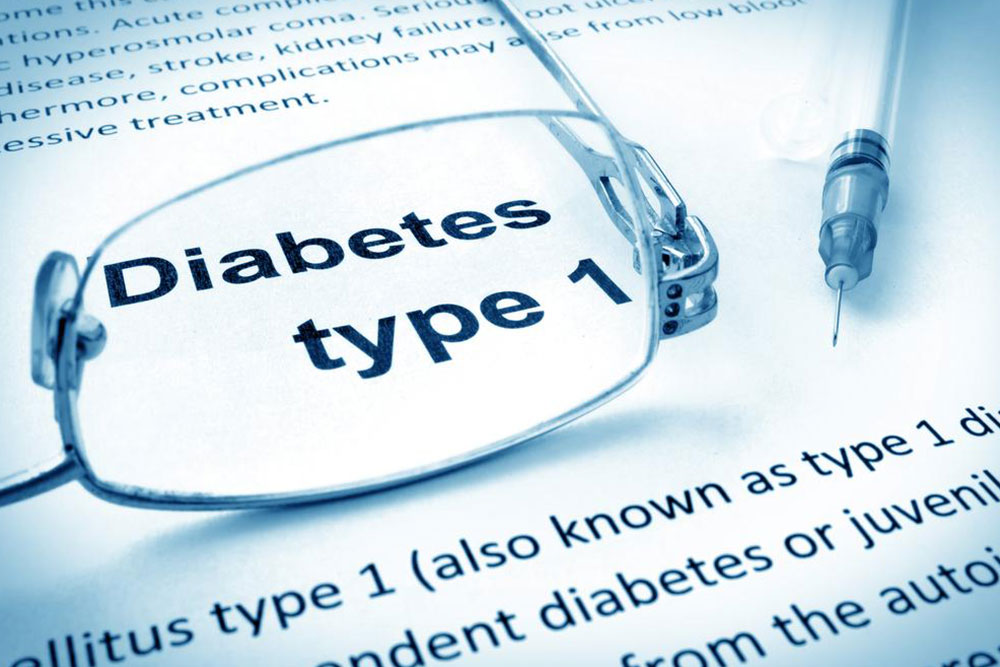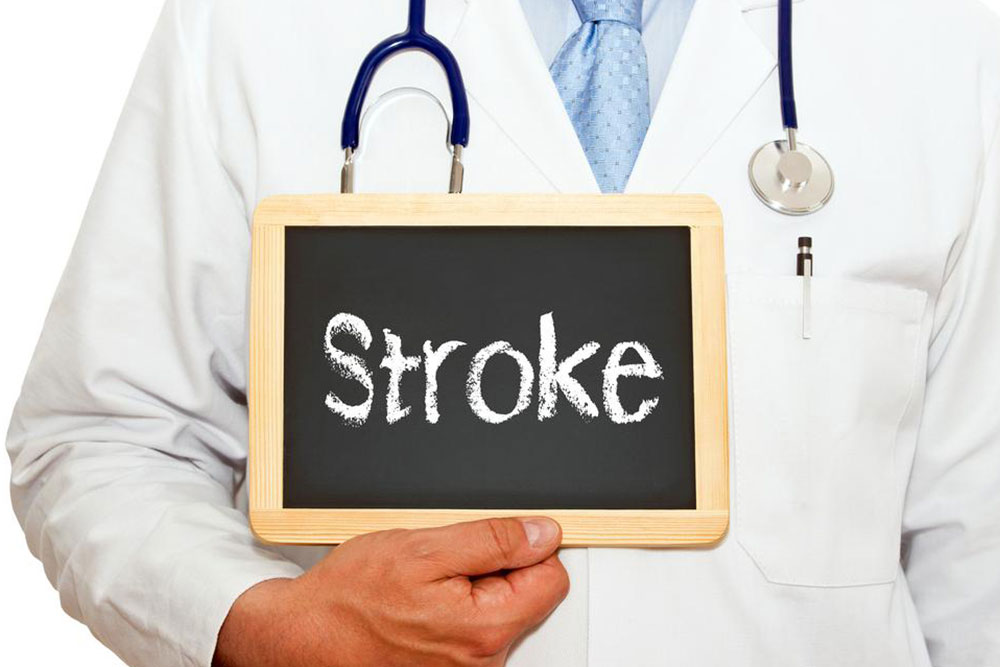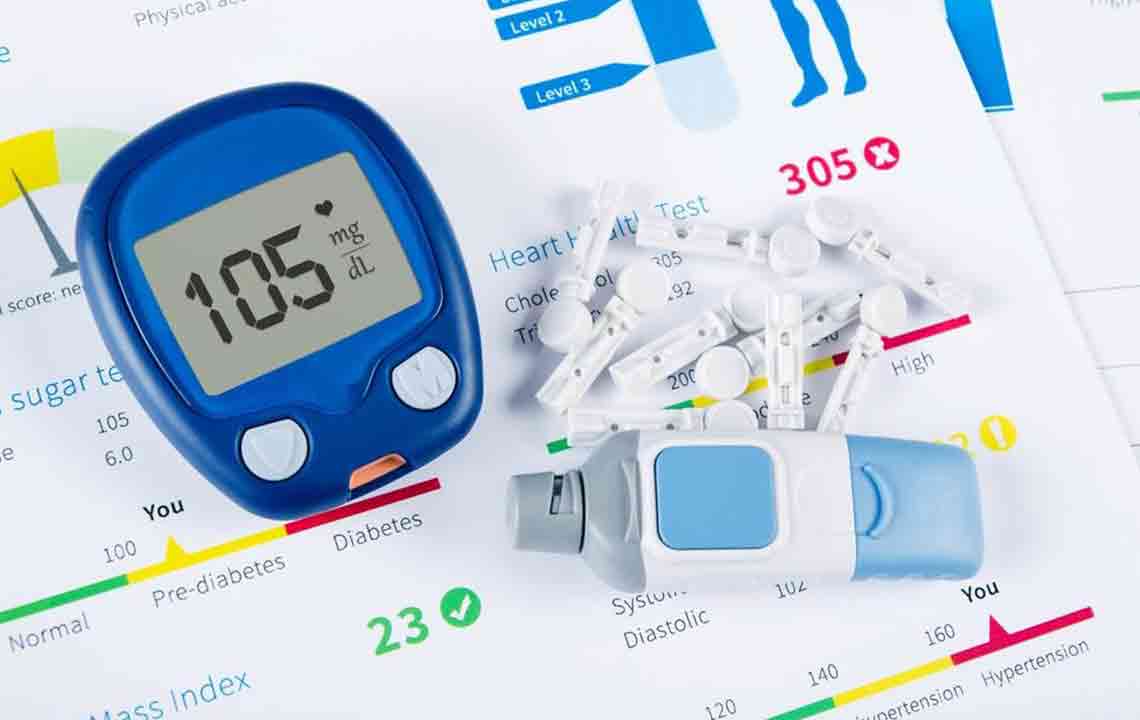Understanding the Causes and Signs of Type 1 Diabetes
Learn about the key causes and warning signs of type 1 diabetes. Understanding these factors can aid in early detection and effective management. The article covers genetic and environmental causes, common symptoms like fatigue, frequent urination, blurred vision, and weight loss to help readers identify potential diabetes symptoms early.

Type 1 diabetes occurs when the pancreas cannot produce sufficient insulin, leading to elevated blood sugar levels that can harm the body over time. Recognizing the causes and symptoms is essential for early detection and management.
Causes of Type 1 Diabetes
This condition mainly results from an autoimmune reaction where the immune system mistakenly attacks insulin-producing beta cells in the pancreas. The exact trigger remains unclear, but genetic and environmental factors play significant roles.
Genetics: Certain genes increase susceptibility, making some ethnic groups more prone to developing the condition.
Viral Infections: Recent viral illnesses like rotavirus, coxsackievirus, rubella, mumps, cytomegalovirus, and Epstein-Barr have been linked to increased risk, possibly prompting the immune system to attack pancreatic cells.
Research continues to explore other potential causes behind type 1 diabetes.
Symptoms to Watch For
Persistent fatigue: Constant tiredness may indicate underlying issues such as diabetes.
Frequent urination and thirst: Excess sugar prompts the body to urinate more, leading to dehydration and increased water intake.
Blurred vision: Elevated blood sugar causes eye lens swelling, resulting in vision problems.
Unexpected weight loss: Inadequate insulin hinders glucose utilization, causing the body to burn fat for energy.
Additional signs include loss of appetite, stomach discomfort, vomiting, and skin infections.
Disclaimer: This article presents general health information derived from research. It should not replace professional medical advice. Always consult healthcare professionals for diagnosis and treatment options.










